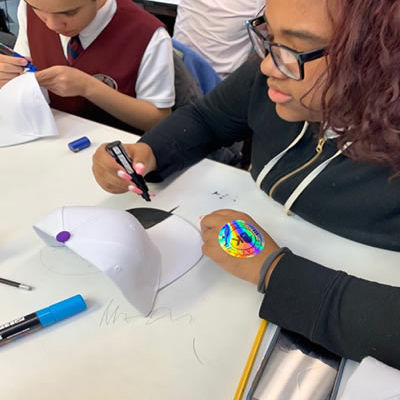The Harlem Center for Education serves economically disadvantaged youth and adults in New York City in pursuing higher education and career achievement by providing them with college, career and financial counseling through workshops, classes and personal assistance. The Harlem Center for Education has served the Harlem community for over 40 years, and has assisted thousands of young people and adults to obtain their high school diplomas and go on to college. HCE has helped participants gain admission to over 175 different colleges and universities across the country, and has averaged a college placement rate of 80% over the years. HCE serves over 1,000 students yearly at its offices in East Harlem, at 1 East 104th Street.
The Harlem Center was started in 1968 by educators and community leaders seeking to mentor qualified inner city youth for college placement. While the program has grown and expanded, it is still a very grass roots effort that touches the lives of so many young people who have limited resources.

David Perez Named Executive Director of Harlem Center for Education
David Perez, Project Director of the HCE’s Educational Opportunity Center, will become the new Executive Director. David has been an integral part of the leadership of HCE for many years. He joined the HCE Educational Opportunity Center in September 2007. As Project Director he oversaw budget, fundraising, reporting to funding authorities, developing and maintaining partnerships... Read more
Executive Director Paula Martin to Step Down
Paula Martin, the long-time executive director of the Harlem Center For Education (HCE) announced her retirement after nearly 47 years of service as in three of the city’s leading educational enrichment programs (Upward Bound, Talent Search and Educational Opportunity Center) serving middle and high school students and adults in the Harlem community. As one of... Read more
Graffiti-inspired curricula
Graffiti-inspired curricula can engage, motivate, and advance every student. Whether you teach in a rural community or bustling city scene, bringing graffiti into the classroom can transform students into artists. There is significant interdisciplinary content overlap between studies in graffiti and language arts. Concepts such as symbolism, metaphor, and irony are applied to both disciplines.... Read more

